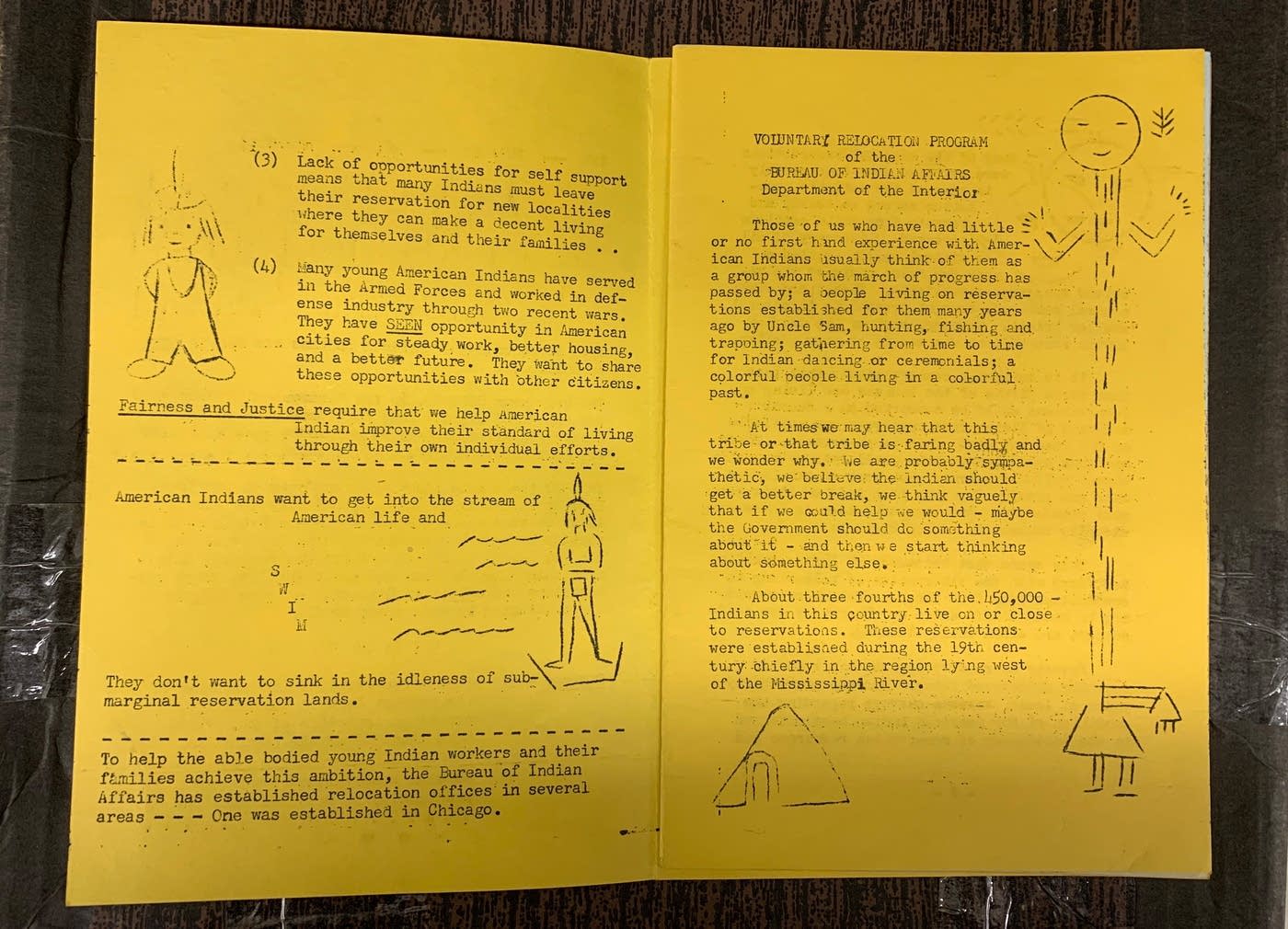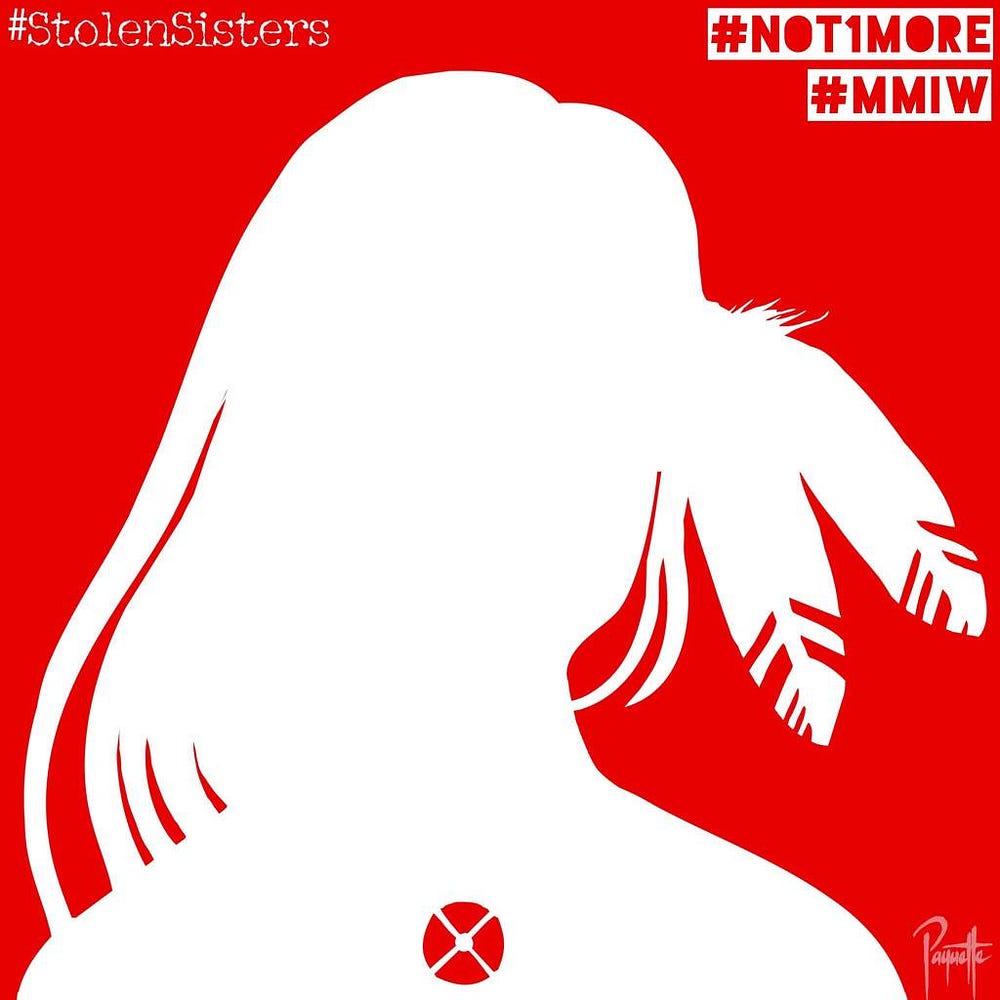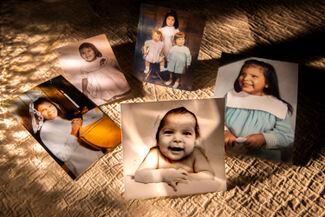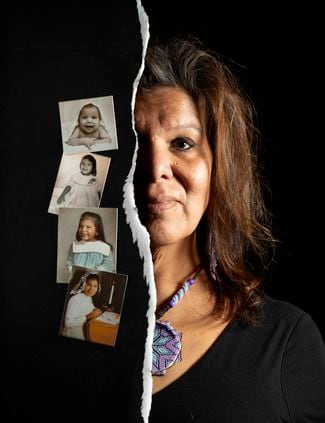Sundance Film Festival: This Is Not a Ceremony is having its world premiere at the Sundance Film Festival (January 20–30, 2022).
‘This Is Not A Ceremony’
Ahnahktsipiitaa (Colin Van Loon)
Canadian Ahnahktsipiitaa, also known as Colin Van Loon, is Blackfoot and Dutch, hailing from The Piikani Nation.
His cinematic virtual reality production, “This is Not A Ceremony,” part of the Sundance New Frontier program, is described as “darkly humorous and occasionally caustic,” telling the story of Adam North Peigan, Robert Sinclair and others, and the struggles and conflicts of growing up as an Indigenous man, according to the Sundance website.
Van Loon is the lead artist, and the production included key collaborators Olivier Leroux, James Monkman and Jessica Dymond.
He grew up with his mother in Lethbridge and other southern Alberta towns in Canada.
“I really love our people, and when I say ‘our’ I mean Piikani and Niitsitapi as a whole,” he told Indian Country Today. “I am Blackfoot/Niitsitapi as well as Dutch. I am very Blackfoot-centric but try to remain inclusive to other nations and their ways. I wanted everyone to feel they were represented fairly.”
The virtual reality production, "This is Not a Ceremony," by lead artist Ahnahktsipiitaa (Colin Van Loon), is an official selection of the New Frontier Program at the 2022 Sundance Film Festival. (Photo courtesy of Sundance Institute)
He was raised by his mother and grandmother, Edith North Peigan, whose name later became Van Loon.
“Edith was very much a victim of disenfranchisement, even though her husband, my grandfather Buddy Van Loon, was also Blackfoot through his mother, and our Kainai relations, the Holloway family,” he said.
Van Loon said nonetheless they remained close to their kin in the North Peigan family.
“When I was a younger man I was very close with Jimmy Small Legs, a cousin to Edith and me," he said. “Jim was able to show me a great deal of our Piikani traditions. This had major impacts on me growing up and it often shows up in my work. Jimmy and his wife Joanne adopted me in our Niitsitapi tradition, so I also refer to Jim as my grandfather and Joanne as my grandmother, as is common practice within The Blackfoot confederacy Piikani, Siksika and Kainai and Aamskapi Pikuni.”
The importance of family is evident in his work, he said.
Ahnahktsipiitaa (Colin Van Loon), Blackfoot and Dutch, is lead artist of the cinematic virtual reality production, "This is Not a Ceremony," an official selection of the New Frontier section at the 2022 Sundance Film Festival. (Photo by Luis Alvarez, courtesy of Sundance Institute)
“Family, kinship and reciprocity are values that show up in my work,” he said. “Adam North Peigan is my relation, and I wanted to showcase his story, as these moments are clear examples of systematic racism in Canada, and it’s an important story to tell in the framework of reconciliation.”
He continued, “There can be no reconciliation without truth, and both stories, Robert Sinclair and Brian Sinclair’s, and Adam North Peigan’s, are part of this. Additionally, Adam is a political advocate, working for our people and Survivors within the Sixties Scoop Indigenous Society of Alberta and the Legacy of Hope Foundation. I wanted to support him and his work in some small way.”
He wants the audience to leave with a sense of the impact of the virtual reality storytelling experience.
“I wanted both Indigenous and settler audiences to see the strength and resilience of Adam North Peigan and Robert Sinclair,” he said. “For White settlers specifically, I hope it affects them and they feel compelled to bear witness and try to make changes within the national community of Canada, to do something about systemic racism and discrimination.
“Virtual reality (VR) brings the audience closer to the storytellers,” he said. “hey can see them up close, hear what they have to say, and feel it not only in their minds, but viscerally and in their hearts as well. I want settler audiences to feel uncomfortable, and I want them to take that discomfort and think about it and act on it. I hope this connection makes audiences feel more compelled to uphold their responsibility as a witness.”
He continued, “I am hoping that Indigenous audiences will see the incredible strength, dedication and tenacity of Adam North Peigan and Robert Sinclair, with their continued efforts.”
Van Loon is the operations manager for the Indigenous Matriarchs 4 AR/VR media lab (IM4-Lab), and he sits on the Telefilm Indigenous Working Group, among others. He works to elevate the voices and stories of Indigenous peoples in his community by creating spaces for youth works in the Talking Stick’s Festivals REEL Reservation: Indigenous Cinematic Indigenous Sovereignty Series, or through his company, Blackfoot Nation Films.
Sundance Institute Meet the Artist: Ahnahktsipiitaa (Colin Van Loon)
































